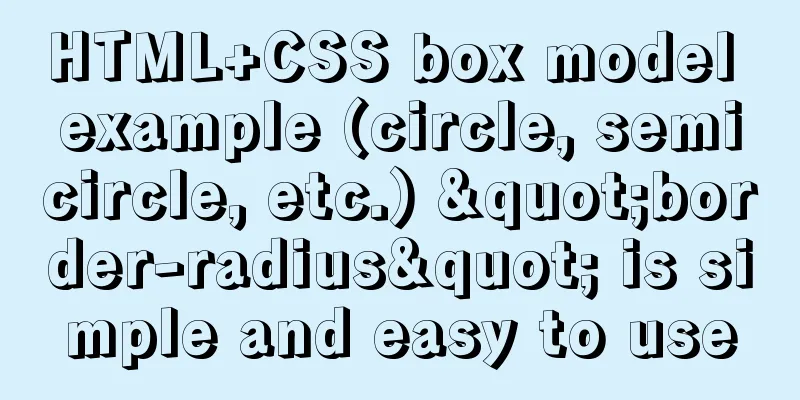A detailed explanation of the subtle differences between Readonly and Disabled

|
Readonly and Disabled both prevent users from changing the contents of form fields. But there are subtle differences between them, summarized as follows: Readonly is only valid for input (text / password) and textarea, while disabled is valid for all form elements. However, after a form element is disabled, when we submit the form via POST or GET, the value of this element will not be passed out, while readonly will pass the value out (readonly accepts value changes and can be sent back, while disable accepts changes but does not send back data). The more common situations are: In a form, a unique identification code is pre-filled for the user, and the user is not allowed to change it. However, the value needs to be passed when submitting. In this case, its attribute should be set to readonly. It is often encountered that after the user formally submits the form, he needs to wait for the administrator to verify the information. This does not allow the user to change the data in the form, but can only view it. Since disabled has a wide range of elements, it should be used at this time. However, it should be noted that the submit button should also be disabled. Otherwise, as long as the user presses this button, if the integrity check is not performed on the database operation page, the value in the database will be cleared. If readonly is used instead of disabled in this case, it is still OK if there are only input (text/password) and textarea elements in the form. If there are other elements, such as select, the user can rewrite the value and press the Enter key to submit (Enter is the default submit trigger key) We often use JavaScript to disable the submit button after the user presses it. This can prevent the user from repeatedly clicking the submit button in an environment with poor network conditions, causing data to be redundantly stored in the database. The disabled and readonly attributes have some similarities. For example, if both are set to true, the form attribute cannot be edited. It is often easy to mix these two attributes when writing js code. In fact, there are some differences between them: If an input item's disabled is set to true, the form input item cannot get the focus, and all user operations (mouse clicks and keyboard input, etc.) are invalid for the input item. The most important point is that when the form is submitted, the form input item will not be submitted. Readonly is only for input items such as text input boxes where text can be entered. If it is set to true, the user just cannot edit the corresponding text, but can still focus on it, and when submitting the form, the input item will be submitted as an item of the form. |
<<: jQuery implements all shopping cart functions
>>: Solve the problem that the IP address obtained using nginx is 127.0.0.1
Recommend
JDBC-idea import mysql to connect java jar package (mac)
Preface 1. This article uses MySQL 8.0 version Co...
Vue mobile terminal realizes the whole process of left sliding editing and deletion
Preface According to the project needs, Vue-touch...
Analysis of the difference between Mysql InnoDB and MyISAM
MySQL supports many types of tables (i.e. storage...
jQuery implements clicking left and right buttons to switch pictures
This article example shares the specific code of ...
Detailed tutorial on installing PHP and Nginx on Centos7
As the application of centos on the server side b...
Summarize the common application problems of XHTML code
Over a period of time, I found that many people d...
How to implement n-grid layout in CSS
Common application scenarios The interfaces of cu...
Summary of several APIs or tips in HTML5 that cannot be missed
In previous blog posts, I have been focusing on so...
Linux Check the installation location of the software simple method
1. Check the software installation path: There is...
Implementation of proxy_pass in nginx reverse proxy
The format is simple: proxy_pass URL; The URL inc...
IE8 Beta 1 has two areas that require your attention
<br />Related articles: Web skills: Multiple...
Quickly install MySQL5.7 compressed package on Windows
This article shares with you how to install the M...
Overview of time configuration under Linux system
1. Time types are divided into: 1. Network time (...
Several methods of horizontal and vertical centering of div content using css3 flex
1. flex-direction: (direction of element arrangem...
How to adapt CSS to iPhone full screen
1. Media query method /*iPhone X adaptation*/ @me...









